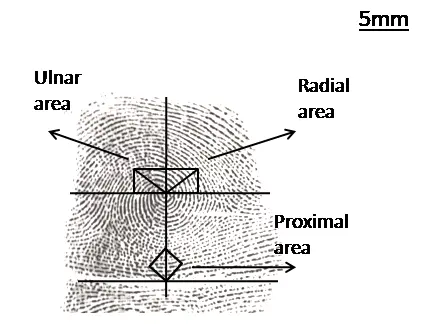Open Access
Article
26 November 2025Machine Learning in Forensic Anthropology: Sex Classification of Fingerprints
A Fingerprint plays an important role in identifying an individual in forensic and criminal investigations. Fingerprint ridge density is considered one of the most important features for sex classification. The present study intends to classify sex using fingerprint ridge density through a machine learning model, i.e., Random Forest. A total of 2040 fingerprints of 204 participants (102 males and 102 females) were collected from the north Indian population using a standard methodology. Ridge density in the three topological areas of fingerprints,i.e., radial, ulnar, and proximal areas, was assessed. Taking all the areas into consideration, the data of fingerprint ridge density was used to train the Random forest algorithm. The training and testing of the model data were taken in a ratio of 70:30, respectively (training dataset = 1428; testing dataset = 612). Random forest provided an accuracy of 81.53% in sex classification using fingerprint ridge density. The paper discusses the evaluation report of the accuracy of the parameters of the Random forest in detail. The study concludes that the machine learning models, such as Random forest can be utilized for sex classification from fingerprint ridge density. The study proposes its direct application in forensic examinations, especially when there is no clue about the perpetrator, and the sex of the perpetrator can be predicted from fingerprints recovered from the crime scene using the present customized model.
